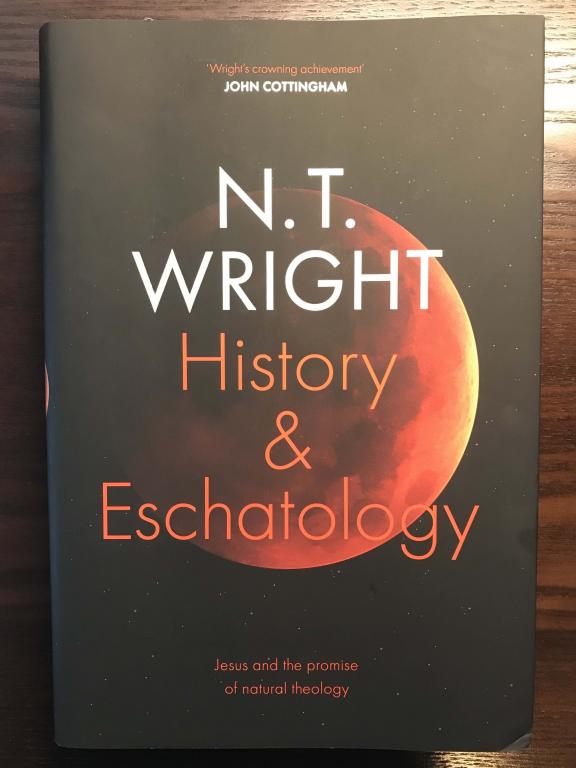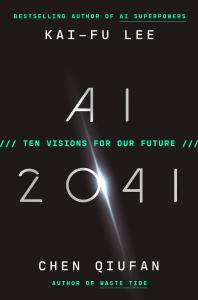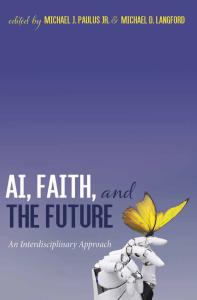When we speak of the turmoil of our present moment as “apocalyptic,” we are thinking of the cataclysmic or end-of-the-world meaning of this word. The word has a much deeper and broader meaning, though, which can help us reflect on this and every moment we face. Understood historically, the apocalyptic imagination is not about the destruction of the world but about the transformation of the world. And this perspective is not only about the future, but about how the future is present now.
In History and Eschatology: Jesus and the Promise of Natural Theology (SPCK, 2019), the book based on his 2018 Gifford Lectures, N. T. Wright helps us recover the historical meaning of the apocalyptic imagination and its theological relevance for us today.

Wright begins with a philosophical argument. He argues that modern philosophy—the Enlightenment, broadly understood—is an updated version of Epicureanism. This philosophical system separates divine from human knowledge, heaven from earth, and eternity from time. Human knowledge, the earth, and the present are so radically separate from divine knowledge, heaven, and the future that these “supernatural” things can be dismissed as irrelevant or escapist. This separation results in a dualistic approach to discussions about human identity, agency, and futures. The perceived gulf between God and the world results in secular optimism in some autonomous agency (natural selection or technological progress) or in spiritual escapism (souls escaping to heaven).
Wright’s next argument is historical. When studying the life of Jesus, the modern worldview fails to understand the Jewish worldview that shaped Jesus and his world. This worldview included a non-dualistic view of eschatology, which saw heaven meeting earth in the Temple, the future present in the Sabbath, and humans as divine agents. Even in its apocalyptic expression—with heightened contrasts between human and divine knowledge, space, time, and agency—the goal was to uncover and reveal the integrated and interlocking nature of these seemingly disparate dimensions of reality. In Jewish apocalyptic literature, the transformation of the present world came with “the end of the present state of affairs.” The expectation “was for a great transformation, not for the end of the world” (57). “Apocalyptic,” Wright claims, “is about a major upheaval within the space-time world. We have no evidence of people thinking the world itself would end” (58).
Recovering a non-dualistic Jewish eschatology and understanding of apocalyptic enables us to see more clearly the modifications early Christians made to that worldview in light of Jesus’ resurrection. “The earliest church’s testimony to Jesus’ resurrection precipitated a radical mutation within Jewish understanding of history and eschatology,” Wright says, and reframed apocalyptic expectations: “Jesus’ rising was interpreted simultaneously as a very strange event within the present world and the foundational and paradigmatic event within God’s new creation” (121). The early Christians claimed that the hoped-for transformation had “already been inaugurated through the death of Jesus and his resurrection” (132). The Christian apocalyptic imagination thus “opens up a vision of new creation which precisely overlaps with, and radically transforms, the present creation” (156).
Wright’s final argument is theological, recovering a biblical theology of new creation. In history we have the cross: the negation of truth, beauty, and justice. Then there is the empty cross, an affirmation of and a call to love—which, when received, believes the resurrection. According to Wright, the resurrection reinterprets the old world, interprets the present, and opens up “the real world in its new mode” (190). Not only were the dualisms never truly there, in Jewish and Christian eschatology and the apocalyptic imagination, but for the early Christians the residual apparent dualisms were fading away. In Jesus, the early church claimed, “we see revealed the true Image of God … revealing the new way of being human” (197, 201).
So, given the focus of this site, what does all of this have to do with technology? Our technological eschatologies—our ultimate hopes for some of our most complex artificial creations—are often informed by a limited apocalyptic imagination. First, our narratives are largely negative, more characterized by fears than hopes. Second, they are Epicurean: they assume a dualism that separates the secular from the sacred, leaving the latter to be ignored or left over as a place of escape. Third, even if our AI eschatologies are open to a spiritual dimension, they typically preserve a dualism that was unknown in the Jewish and Christian apocalyptic imagination. The recovery of a deeper and broader apocalyptic imagination provides us with a richer perspective on and vocation for technology.











